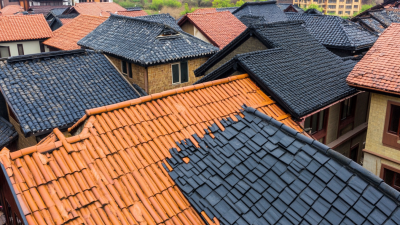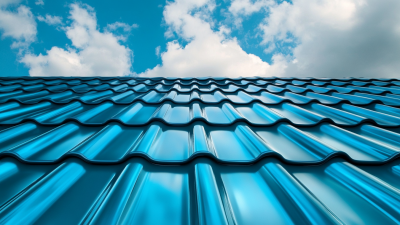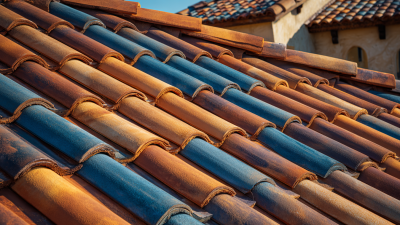
Leave Your Message
-
Phone
-
E-mail
-
Whatsapp

The roofing industry is witnessing significant transformations driven by technological advancements and sustainability concerns. In 2023, the demand for high-quality roof sheets has surged, underscoring the importance of innovative materials in roof sheets manufacture. According to a recent market research report, the global roofing materials market is projected to reach $286 billion by 2027, with a notable shift toward materials that enhance energy efficiency and durability. This shift is leading manufacturers to explore a diverse array of materials, including advanced polymers, recycled content, and high-performance metals, to meet evolving consumer preferences and regulatory standards. As we delve into the best materials for roof sheets manufacture this year, it is crucial to examine not only the emerging trends but also the innovations that promise to shape the future of roofing solutions.
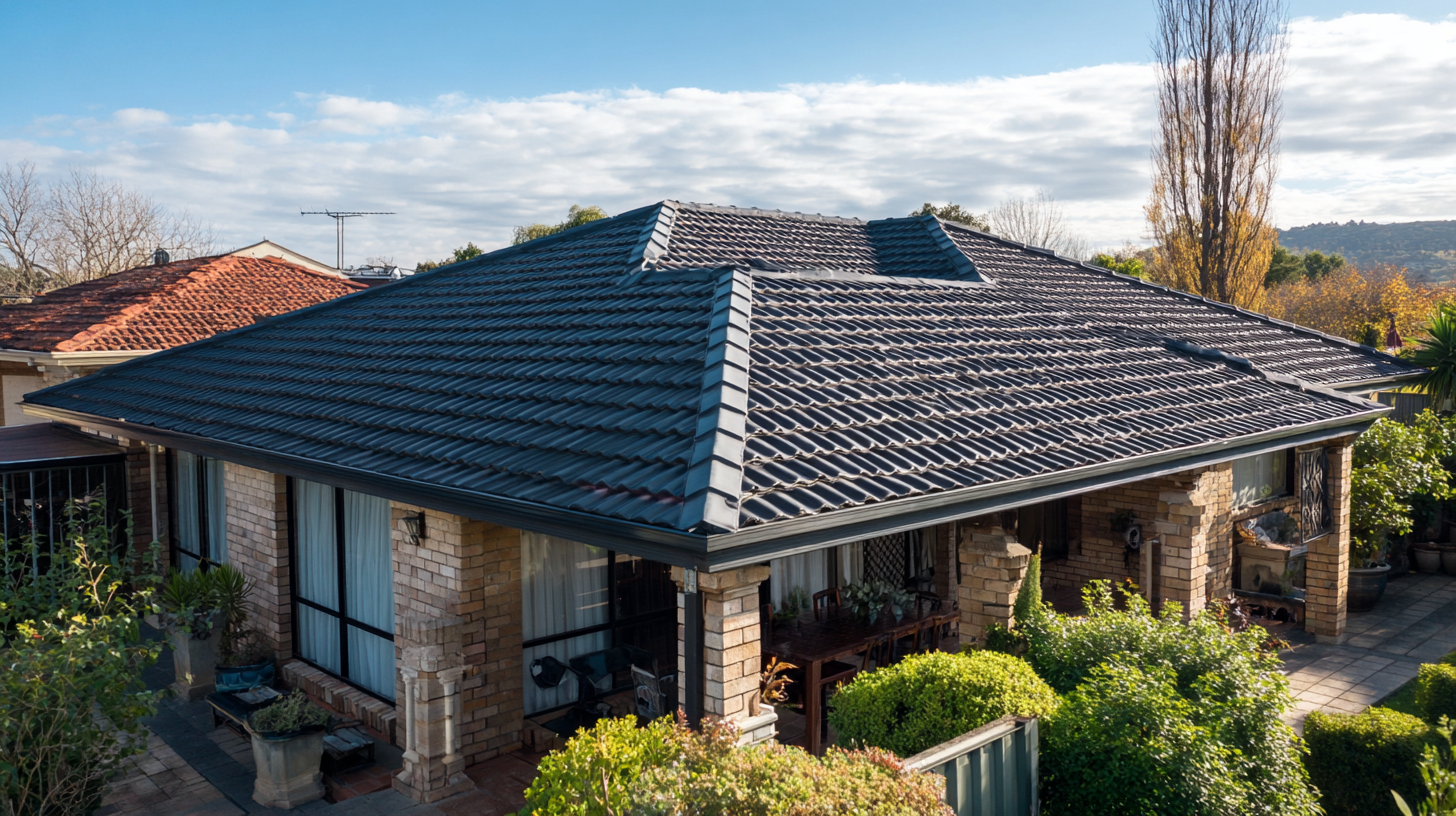
As the roofing industry evolves in 2023, several key factors are increasingly influencing the selection of materials for roof sheet manufacture. One significant aspect is the growing emphasis on sustainability and energy efficiency. Modern roofing solutions are now expected to align with low-carbon building practices and energy-saving technologies. The integration of materials that enhance thermal performance is crucial, as they not only reduce energy demands but also improve overall building efficiency. This trend is particularly relevant for educational buildings, where adequate daylighting must be balanced with effective solar heat management to mitigate excessive solar gain.
Another essential factor in material selection is durability. The longevity and resilience of roofing materials directly impact maintenance costs and overall lifecycle performance. Innovations in material science are enabling the development of products that can withstand environmental challenges while providing energy efficiency. For instance, certain substrates have been shown to significantly enhance the efficiency of solar panels, indicating that the choice of roofing materials can play a pivotal role in overall energy management strategies. As the industry moves forward, these considerations will likely shape the future landscape of roofing materials and their applications.
Innovative technologies are playing a crucial role in revolutionizing roof sheet manufacturing in 2023. Advanced materials such as bio-based composites and high-performance polymers have emerged, providing enhanced durability and sustainability. These materials not only reduce environmental impact but also offer superior protection against extreme weather conditions. Manufacturers are increasingly adopting these innovations, which feature higher insulation values and longer lifespans, effectively reducing long-term costs and maintenance efforts.
In addition to new materials, automation and digitalization are transforming production processes in the roofing industry. Smart manufacturing technologies, including IoT sensors and AI-driven analytics, allow for real-time monitoring and optimization of production lines. This leads to increased efficiency and reduced waste, aligning with the growing demand for eco-friendly solutions. Furthermore, 3D printing technologies are opening new avenues for custom roof designs, providing architects and builders with unprecedented flexibility in planning and execution. These advancements signify a shift towards a more sustainable, efficient, and innovative future in roof sheet manufacturing.
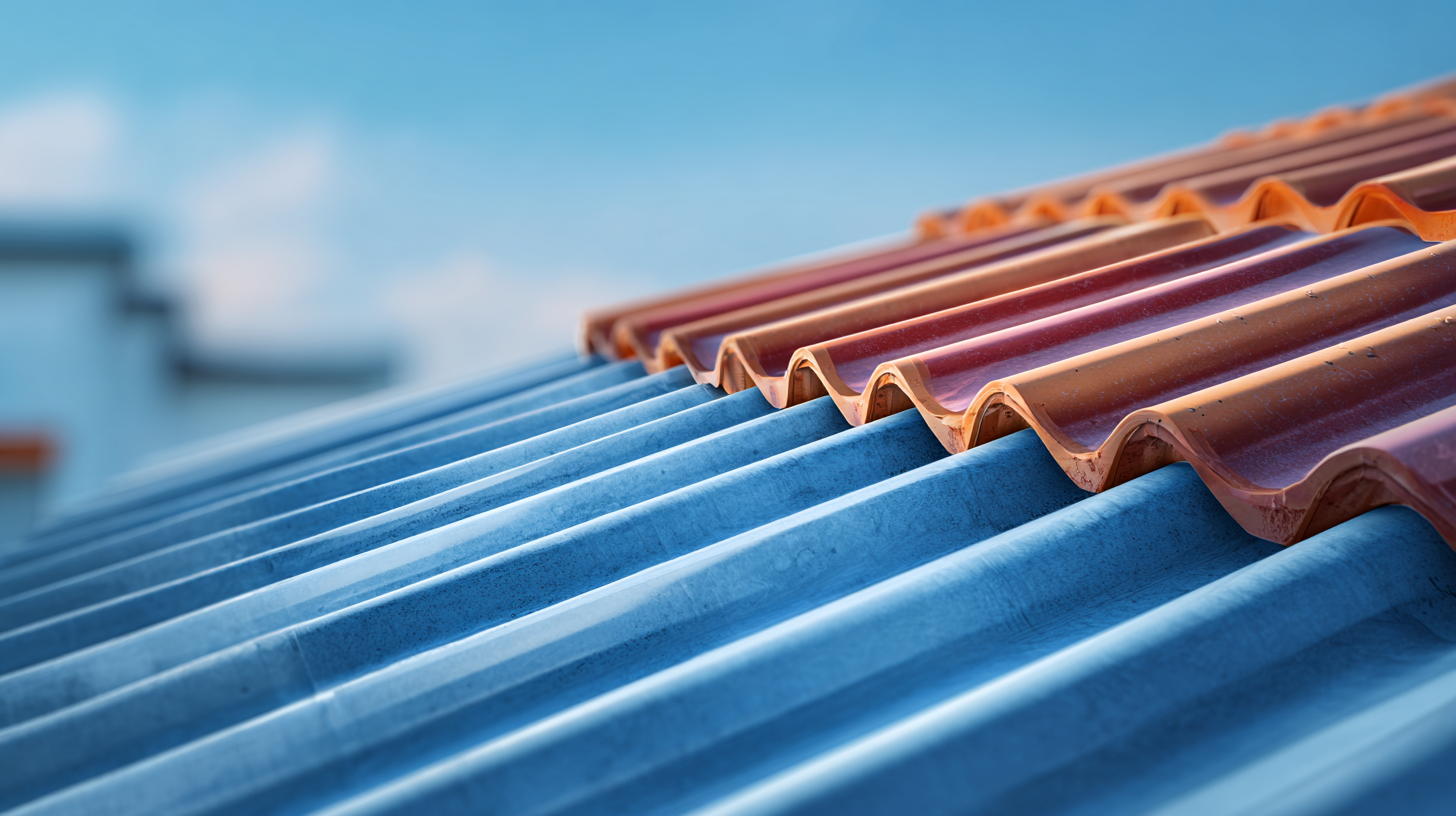
In 2023, the roofing industry is witnessing a significant shift towards eco-friendly solutions, driven by increasing awareness of sustainability and environmental impact. Reports indicate that materials such as recycled metal, biodegradable asphalt, and green roofing systems are gaining traction. According to the Global Roofing Materials Market Report, the demand for sustainable roofing materials is projected to grow by 12% annually as more homeowners and builders prioritize both performance and ecological footprint.
Utilizing sustainable roofing materials not only helps in reducing waste but also contributes to energy efficiency. For instance, cool roofs, which reflect more sunlight and absorb less heat than standard roofs, can lower energy bills by up to 20%, as highlighted by the Environmental Protection Agency (EPA). This trend not only benefits the environment but also lowers costs for homeowners.
Tips: When selecting roofing materials, consider those with high recycled content or certifications such as Energy Star. Additionally, explore options like green roofs or living walls that enhance biodiversity and improve air quality. Investing in sustainable materials can provide long-term savings and increase property value, making them a wise choice for any roofing project.
| Material Type | Durability (Years) | Recyclability (%) | Energy Efficiency (R-Value) | Cost ($/sq ft) |
|---|---|---|---|---|
| Metal (Steel) | 40 | 100 | 2.5 | 3.50 |
| Synthetic (PVC) | 30 | 65 | 4.0 | 4.75 |
| Asphalt Shingles | 20 | 20 | 1.5 | 1.50 |
| Clay Tiles | 50 | 100 | 3.0 | 6.00 |
| Wood Shingles | 30 | 15 | 2.0 | 5.00 |
When examining roofing materials in 2023, a comparative analysis between traditional and modern options reveals significant shifts in consumer preferences and technological advancements. Traditional roofing materials such as asphalt shingles and clay tiles have long been staples in the industry. According to the National Roofing Contractors Association, these materials account for approximately 70% of the roofing market. However, their longevity and environmental impact raise concerns, pushing consumers toward more innovative alternatives.
Modern materials like metal roofing, thermoplastic polyolefin (TPO), and solar tiles have gained traction, driven by the demand for durability and energy efficiency. A report from Research and Markets highlights that the global metal roofing market is expected to grow at a CAGR of 3.8% from 2021 to 2026, reflecting increasing interest in longevity and minimal maintenance. These innovations not only provide superior performance but often come with warranties spanning up to 50 years or more, compared to the 20-30 years typical of traditional options.
Tips: When considering roofing materials, assess your local climate to ensure optimum performance and durability. For those seeking energy efficiency, look for materials with high thermal reflectance to minimize cooling costs. Finally, remember to factor in the installation and long-term maintenance costs, as these can significantly impact the overall investment.
The roofing industry is undergoing significant transformations with the emergence of innovative materials that promise both sustainability and efficiency. In 2023, the focus on solar roofing systems is gaining momentum, driven by their dual role in energy generation and environmental responsibility. As highlighted in recent reports, the solar rooftop installation market in China is set for remarkable growth, with a projected market value surge from $14.56 billion in 2024 to $38.34 billion by 2032, reflecting an impressive annual growth rate of 11.7%. This upward trend indicates a strong consumer preference for materials that contribute to energy savings and ecological considerations.
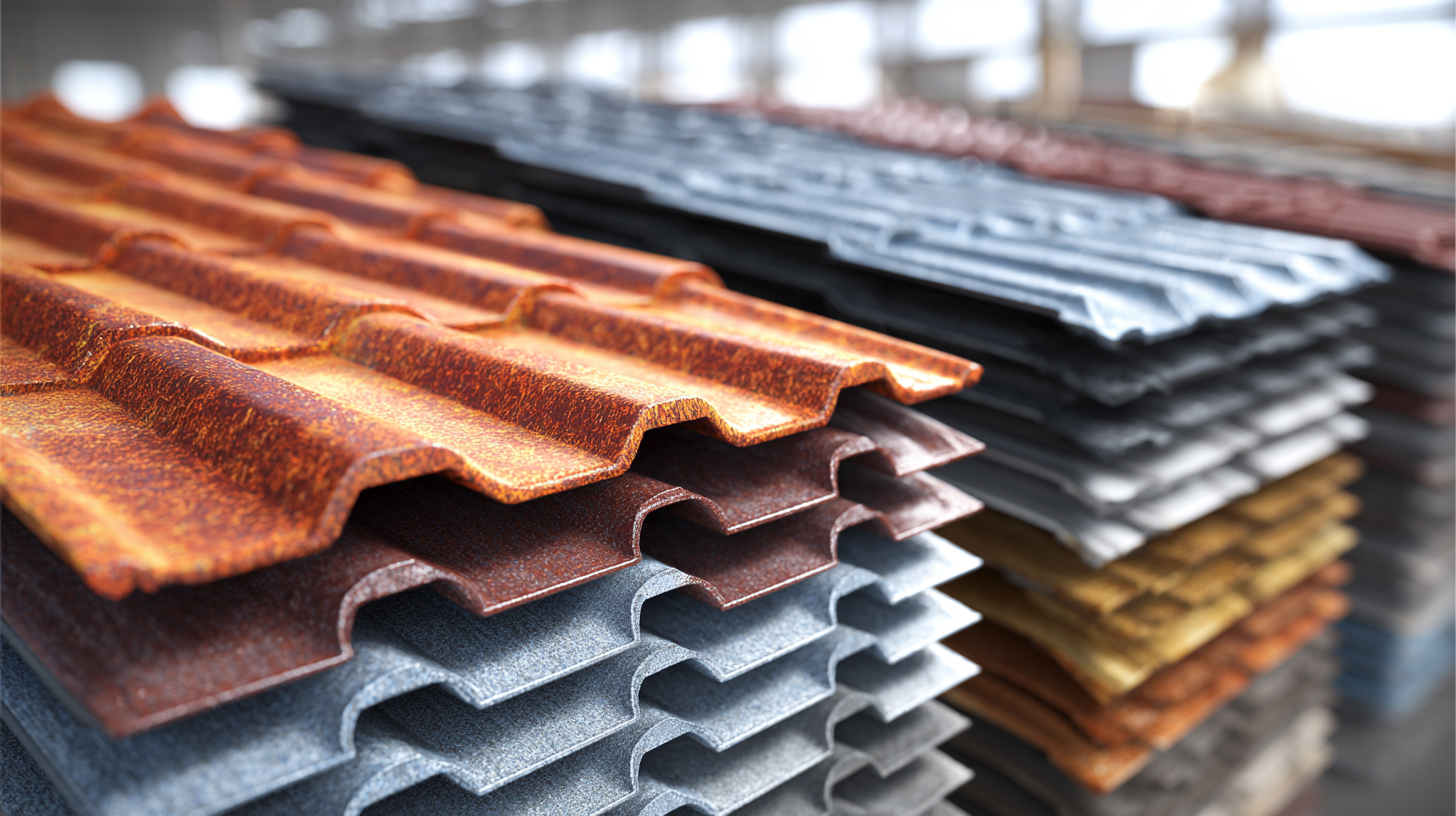
Tips: When considering roofing materials, prioritize options that are both durable and sustainable. Look into the latest advancements in solar technology and materials that enhance energy efficiency in your roofing choices. Additionally, investigate local incentives for incorporating renewable energy systems into your building projects to maximize your investment.
The future of roofing material innovation lies in the integration of sustainable practices with advanced technologies. Emerging materials such as reflective coatings and recycled composites are leading the charge in addressing the environmental impacts of traditional roofing solutions. As the industry progresses towards a more eco-friendly approach, stakeholders must remain informed about these trends to harness their potential fully.
